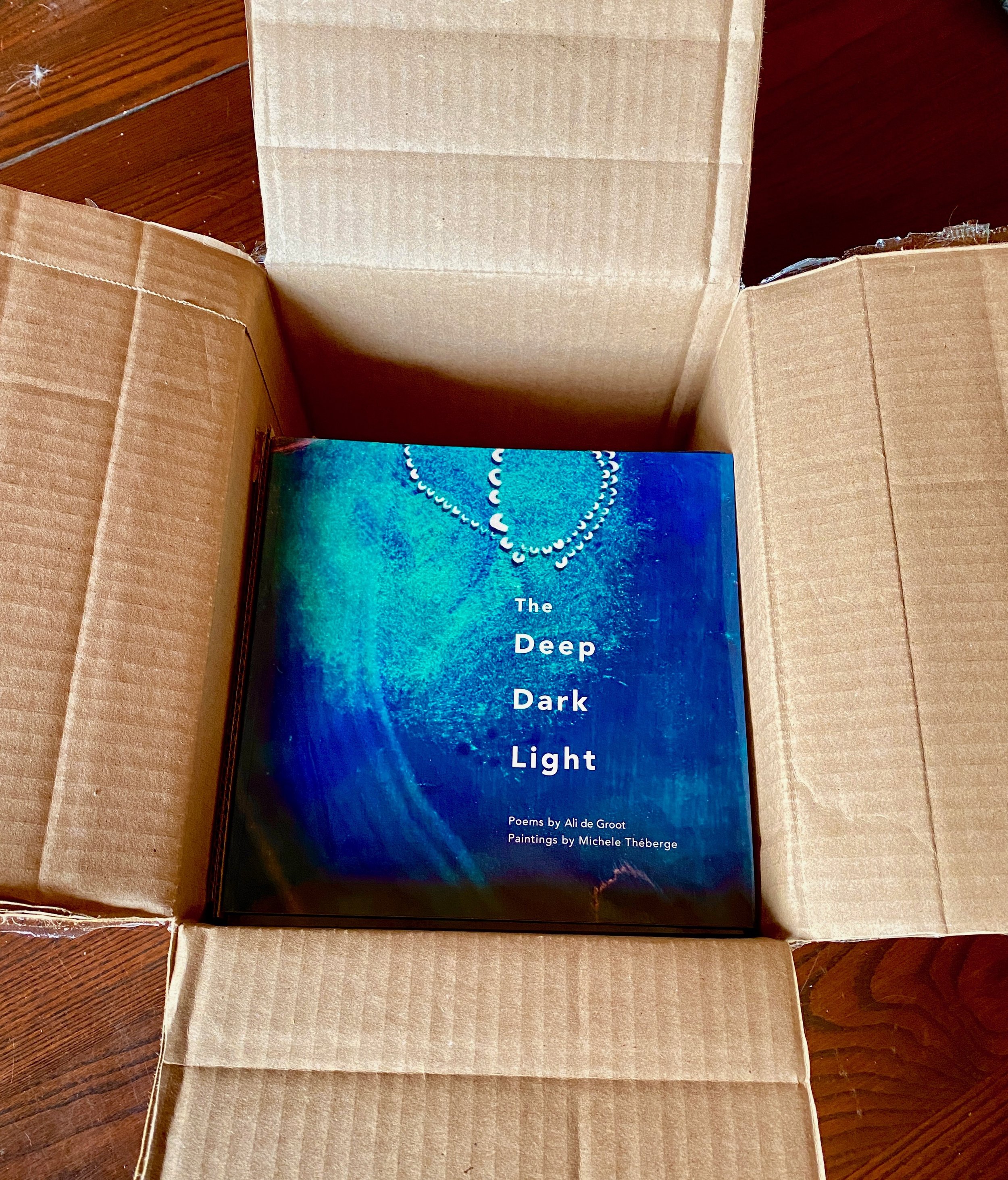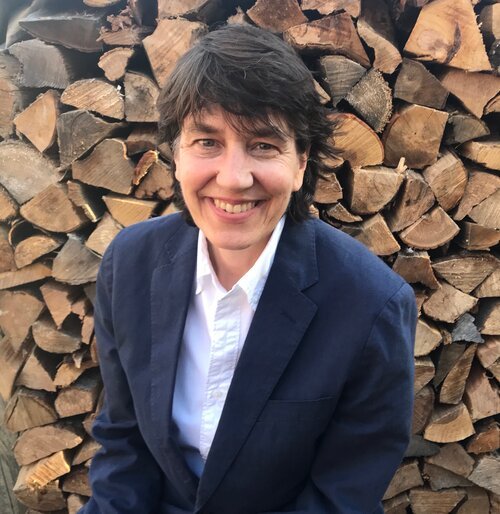This is the first of several memoir-ish pieces that emerged from my one-month sabbatical.
—A. de G.
“The future is something which everyone reaches at the rate of sixty minutes an hour, whatever he does, whoever he is.” —C.S. Lewis
Time flies. Life is short. YOLO. Time stops for no one. So many cliché expressions about fleeting time! I don’t love any of them.
More accurate to me: “Time moves slowly but passes quickly” (Alice Walker). Moving slowly, seemingly a luxury in the 21st century, is appealing to me, and it’s not just that I’m getting older. I think I was like this when I was a young adult, too.
When I left on a one-month sabbatical last March, I had some plans, some places to go, some people to see, etc. but I remember saying to myself, “Keep it simple. Don’t do anything that requires a lot of effort. Don’t make any complicated plans.” After all, the word "sabbatical" is etymologically linked to the word "Sabbath," referring to to the Biblical day of rest.
If I look back at what I wrote in anticipation of my sabbatical, the lofty, cerebral goals make me smile. It was my thought that I could delve into writing a memoir during all that perceived time, which sounds preposterous to me now. My intentions were fairly clear:
I plan to write every day. Read every day. Walk every day. Swim twice a week. I hope to mix in some personal interviews with a few family members and friends about that period of my life [young adulthood], reconnect with these people, perhaps go deeper with them. I hope to include some photography on location.
And in fact I did write and read every day. I did walk every day (after a knee injury, this was a feat). I swam 4-5 times a week at a pool. I spoke to many, many family and friends. I did reconnect with people. I think I went deeper. I did take a lot of photos. Now two months away, already distant, the quality of the time remains with me. It was S-L-O-W in a most delectable way.
How to slow down time? Simple. Just slow yourself down.
“You just don’t know the places you can travel to when you are sitting quietly, looking at things, slowing down time.”
A few ways:
Remove any clocks and watches from your immediate environs. Shocking! It will be hard to get used to. But you have a smartphone, so you can always know the time.
Don’t plan more than one thing per day. The one thing could be walking to the store for milk. Or taking the bus to the public pool to swim. Or having coffee at a café. Sitting in a yard with a cup of tea. Maybe seeing someone, but just one someone. If more than one, just know that time will advance more quickly.
Take yourself to a museum or gallery or other place you might enjoy, and just sit in front of one painting or photograph or piece for a long time. (Little did I know, there is already an entire art movement entitled “Slow Art,” where guides take you into a museum and you get to sit for half hour, minimum, in front of one piece. Is this a revolutionary concept? I’ve been doing this for years.)
Try one new thing, but then sit back and really think about what you did. For example, take a new class—let’s say, improv theatre, not really your thing—and then go out to lunch with other people in the class, or the director, to talk about what happened. Notice how the class was awkward, fascinating, scary and fun all at the same time, and how much you learn about yourself when you have time to think about it afterwards.
Call a friend and talk for a long time, longer than usual, no reason to cut off the conversation that moves like honey spooned into your cup of tea. You can learn so much more about yourself, your friend, and your relationship, whether old or new.
Visit a place you’ve been before and see how it feels different this time. Think about what it was like the first time you saw it, and what you see differently this time.
Visit a place you’ve never been before and notice your inspiration, or discomfort, or both. Think about what it feels like to balance inspiration, excitement, discomfort, and disappointment.
Sit and wonder what to do, without doing anything. Struggle with the loud modern voice nagging, “You need to get up and DO something!” Let some minutes or hours pass by. See what happens in that time—a phone call from a friend, a memory from eighth grade, a worry about the bill you might have missed, a man walking with a shopping cart down the sidewalk, a hummingbird alighting on a bird bath outside the window, rain, thunder, lightning, the lights go out, time literally stops.
One morning during this time, I found myself contemplating oranges. But not just any oranges, a trove of oranges given to me by a dear friend, plucked off her tree that same day and placed in a fancy gold bag along with handpicked freesias and a handwritten note of the varieties: Valencia and Cara Cara blood oranges. Impossible to describe the taste of a fresh orange, nothing akin to fruit bought in a store—sweeter than sweet, tarter than tart, oranger than orange. Worlds away… I bit into one…
I was carried back to the first time I ever ate a fresh orange, which I pulled off a tree when I was 19 years old, after having left all that was known to me and driven west across the country, leaving the darkness of an icy winter and arriving in a dream of palms and Pacific waves, birds of paradise and cacti, pelicans and lizards, and so very little of the world I’d grown up in. Apple orchards and maples now replaced by orange groves.
My first jobs in that new world included working in a greenhouse, an ice cream shop, a holistic health center, a Greek restaurant, and a blind man’s home. I made enough money to go to a Mexican restaurant every couple of weeks, eat the chips and salsa that were always on the table, and order one coffee, with refills. I was truly on my own, blissful, often misguided, but free, and only broke a few hearts that year, long regretted to this day. But I’ll hold off on that tangent…
Back to the oranges… see what happens? You just don’t know the places you can travel to when you are sitting quietly, looking at things, slowing down time.
I thank my friend who gave me the oranges; the gift was bright, tactile, fragrant. But what’s more present is what cannot be wrapped or eaten: the thoughtfulness, the connection, the memories, and the mirror.
Ali de Groot is director of publishing for Modern Memoirs, Inc.


















